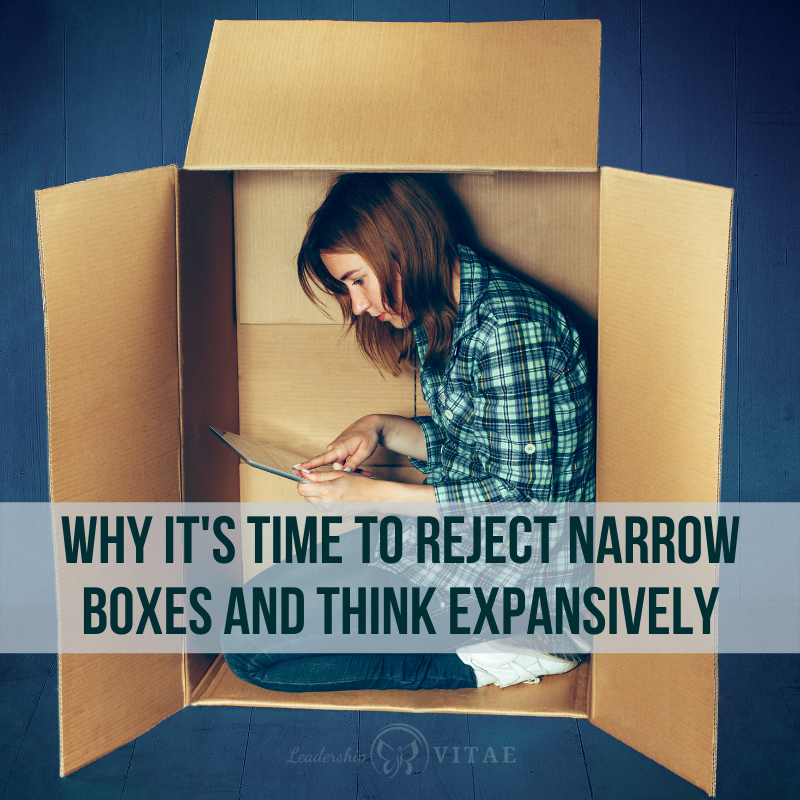
During my year of experiments, I pushed myself out of my comfort zone and tried many new things. Each month, it was a new area. Music, physical fitness, food…I tried everything I heard about and could access.
Food had been a challenge for as long as I could remember. It was surprising to push past my immediate rejection and find a love for most foods I tried. Though I’m still not a fan of anything pickled.
As a picky eater, it was surprising that my biggest challenge didn’t come from food. Instead, it came from a suggested class from one of my coworkers. African drumming and dance.
A different beat
Drumming was new to me, so I focused on aligning to the beat. It proved to be challenging and frustrating and I couldn’t figure out why.
Eventually, the teacher explained we were working with 3 beats. Most music we are familiar with in the United States is based on a 4 beat. It’s even called “standard time.”
From Beethoven to Beiber, there’s a common rhythm in the music we listen to. The type of music can change, but it still feels familiar when it’s based on a common beat structure.
Changing to a different beat meant letting go of what I was familiar with and embracing something new. A different type of listening and movement. I had to find the harmony in something that felt discordant at first, due to my lack of exposure.
Looking back, I’ve spent my life feeling like I’m working from a different sheet of music from those around me. Does that mean there’s a standard, and I don’t fit? Or does it mean our notion of “standard” needs to evolve?
Discordant or a different harmony?
There are “standards” that have been set throughout time. They are (mostly) based on whatever is popular or known within the dominant group. Set as a box to define what is good, acceptable, or the baseline to measure everything else.
Unfortunately, when we set an arbitrary – and yes, popular opinion is just that – standard, that means anything outside that standard becomes different. In the case of music, we might perceive that anything but a 4 beat is discordant. Yet it is harmonious. Some of us may not think so because we’ve created a box around what harmony means.
Our brains are magical and wonderful. They are also pre-programmed to assign very strict, narrow boxes to anything and everything. It’s how we stayed safe in a dangerous world. Yet this mindset longer serves us if we think all that we encounter is “safe” or “dangerous” and limit our interactions and perceptions accordingly.
What if we find ourselves not fitting within those boxes? It might be worth considering who defined them to begin with, for what purpose. And whether they are still serving us as individuals and a collective.
Different isn’t bad and same isn’t good
We may recoil at the idea of narrow boxes influencing how we engage the world. It is not a judgment. I do it. You do it. It is human nature for our minds to categorize everything in binary terms, quicker than we can blink an eye.
When faced with a person that doesn’t fit a clearly defined box, it feels uncomfortable, and we tend to shy away. We may even shy away from parts of ourselves that don’t seem to align with those boxes.
Instead, when something about ourselves or others is different, that’s exactly when we should lean in.
We have a choice each time we are faced with something that appears “other” or we’re tempted to assign a negative perception. Is it truly bad? Or have we been programmed to think everything inside the box is good, and everything outside of it isn’t?
Most of us have met people “like us” that have disappointed us, lied, or broken trust. Similarly, if we’ve opened ourselves to those we initially thought were “other,” we may have found commonality and deep connection.
Find the gold in what’s different
Expanding our evaluation criteria, and remaining open to that which initially feels “untrustworthy,” “scary,” “wrong,” or “bad” will feel uncomfortable. It takes a concerted effort that may feel difficult at times.
We may feel out of step with those around us. Friends, family, or coworkers that reinforce a popular narrative or thought process. Our own brains will send us signals to go back to what’s known and comfortable.
What’s “known” can be a false construct, shaped by commonly shared opinion vs fact. That isn’t where growth comes from.
If we want to grow, we must expand those narrow boxes. Make room for that which is different but equally compelling in its own right
The next time we are tempted to reject someone, let’s remember the narrow boxes no longer serve us and are likely not real. If we are assigning negative attribution to others’ actions, or our own, let’s probe and make sure we’re not judging on a false construct. Because, yes, we try to force ourselves to fit into narrow boxes as well.
We are expansive beings. Unless we open ourselves to what is new and different and risk the discomfort of discovery, we can’t grow into our full selves. And we limit the growth of those around us.
Dancing to the beat of our own drum
When we are constantly faced with narrow boxes that don’t seem to fit, it can be difficult to feel like we belong. We may adjust and contort ourselves, but that’s no way to live. Instead, we can embrace our uniqueness. Find our music, dance to our own beat and invite others to join us.
We can hope those around us are willing to embrace us. Rather than see us in a negative light, realize that our music has its own kind of beauty, even if it sounds different from others’. Maybe especially because it’s different.
Let’s expand our palette long enough to create space for more. Chuck the idea of arbitrary standards and definitions of good, to allow a true spectrum of possibility in all that we encounter.
Certainly, if we live in a world that has produced everything from Bethoven and ABBA, to Willy Nelson and Nirvana, we can find space for the unique music we each create.








